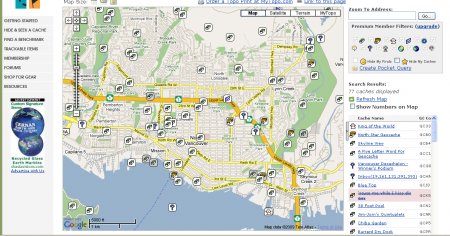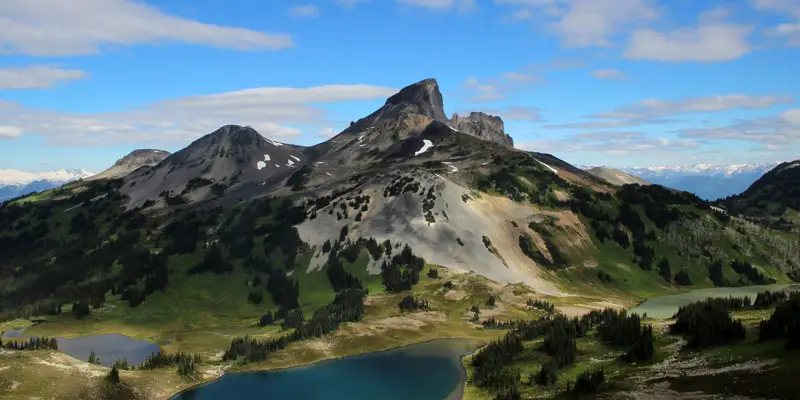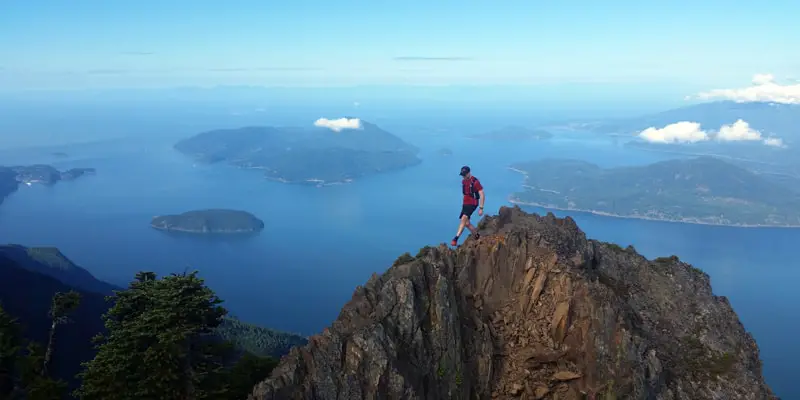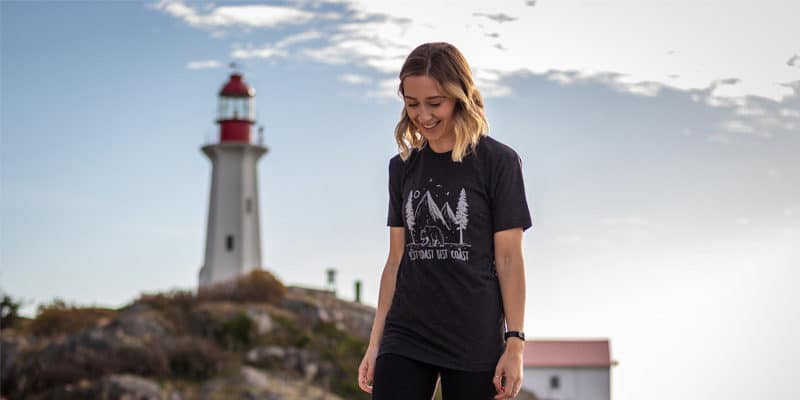Geocaching is something I’ve been hearing more and more about, and it actually sounds really fun. It’s basically treasure hunting or hide and seek for adults (or the whole family).
Geocaching is an outdoor treasure-hunting game in which the participants use a Global Positioning System (GPS) receiver or other navigational techniques to hide and seek containers (called “geocaches” or “caches”) anywhere in the world. A typical cache is a small waterproof container containing a logbook and “treasure,” usually toys or trinkets of little value.
Currently over 823,000 geocaches are registered on various websites devoted to the pastime. Geocaches are currently placed in over 100 countries around the world and on all seven continents, including Antarctica.
There are different types of geocaching from ‘traditional’, where you simply locate the cache, write in the log book and you’re done, to ‘multi-cache’ where each cache will have a clue or coordinates to the next cache. You can check out Wikipedia for a full list of types of geocaching.
If you’re interested, one great site to check out is Geocaching.com where people around the world can submit their caches and hunting stories. A search for my area code in North Vancouver pulled up 77 caches in my immediate area! Doing small, local hunts like these can be a great way to learn how to use a new GPS device, get out and be active, or have some fun with your children. For the more adventurous, you can try some backcountry hunts.
Another great thing is that there is a geocaching code of ethics, and I noticed on the Geocaching.com website that they encourage people to bring a bag with them to pick up the litter you come across on your hunt (Cache In Trash Out), which is a great idea.




